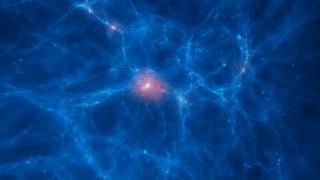Pampa García Molina is the Editor-in-Chief of one of the most highly valued projects of science news and outreach in Spain. This is the SINC Agency, an agency for quality news backed by the FECYT (Spanish Foundation for Science and Technology). She will be one of the lecturers at the “100XCIENCIA” forum, and she is convinced that this will be a great opportunity to spread the word about the most outstanding research centres in the country.
Advertised on

